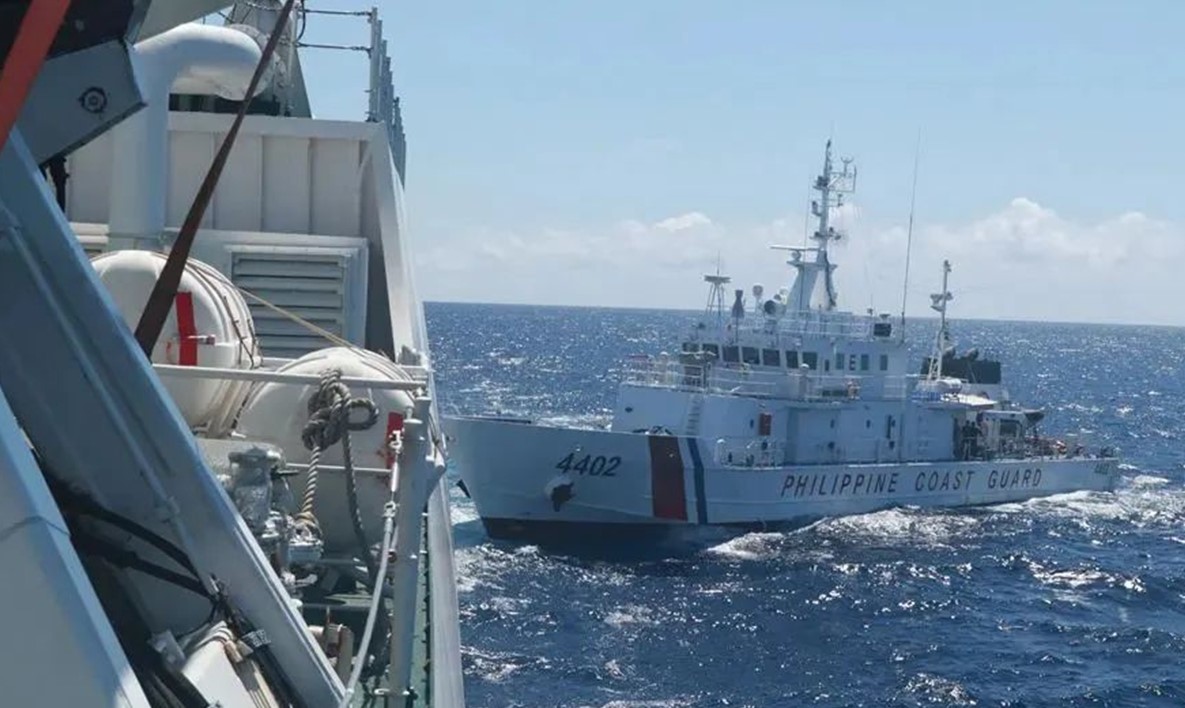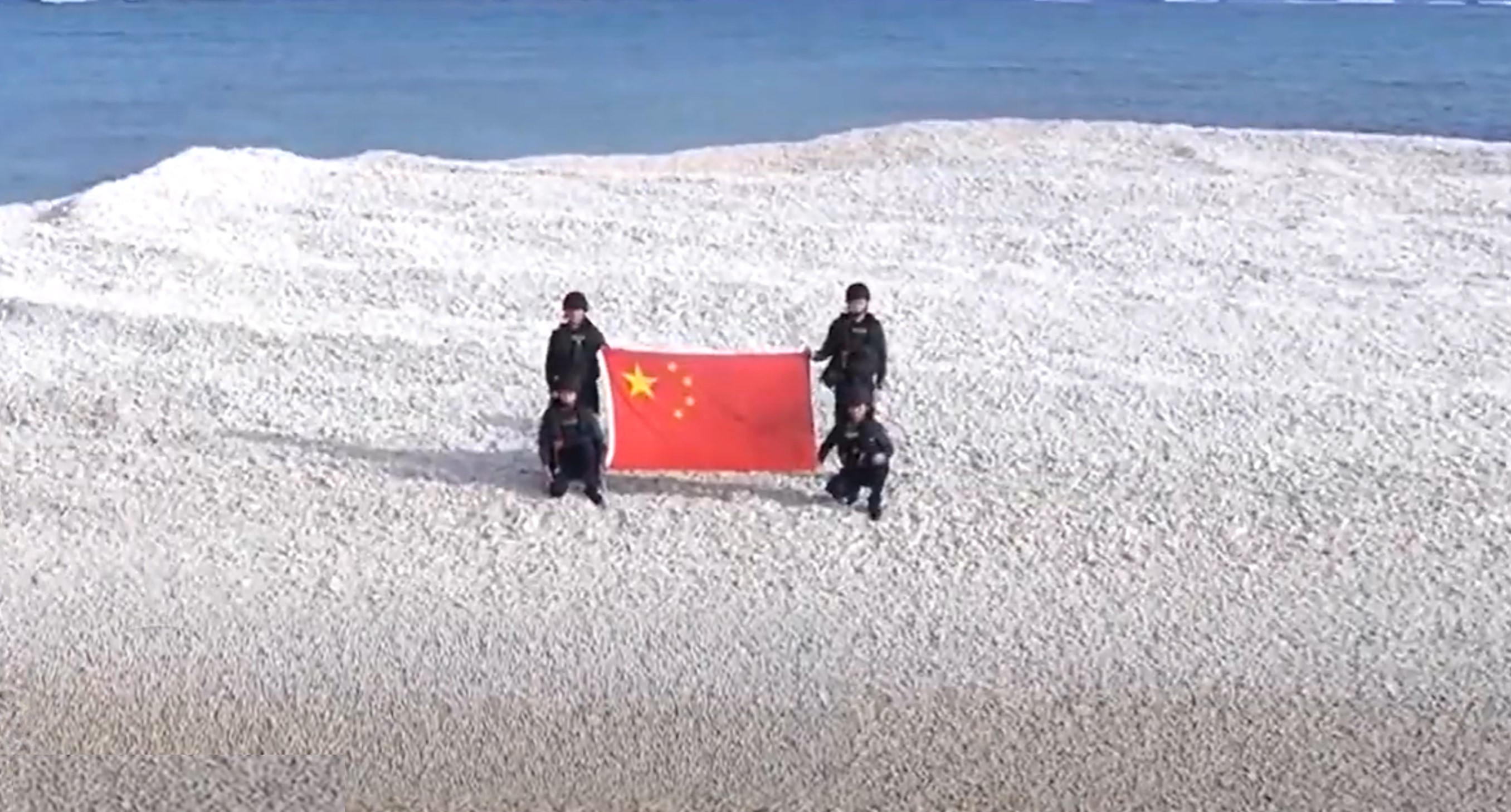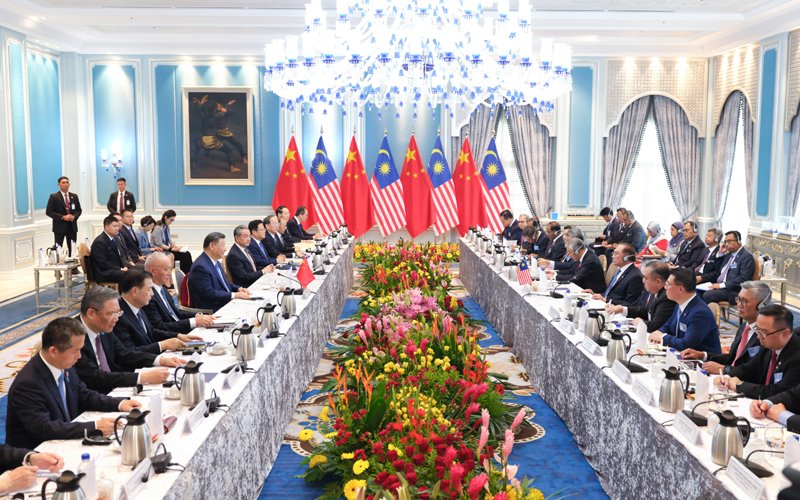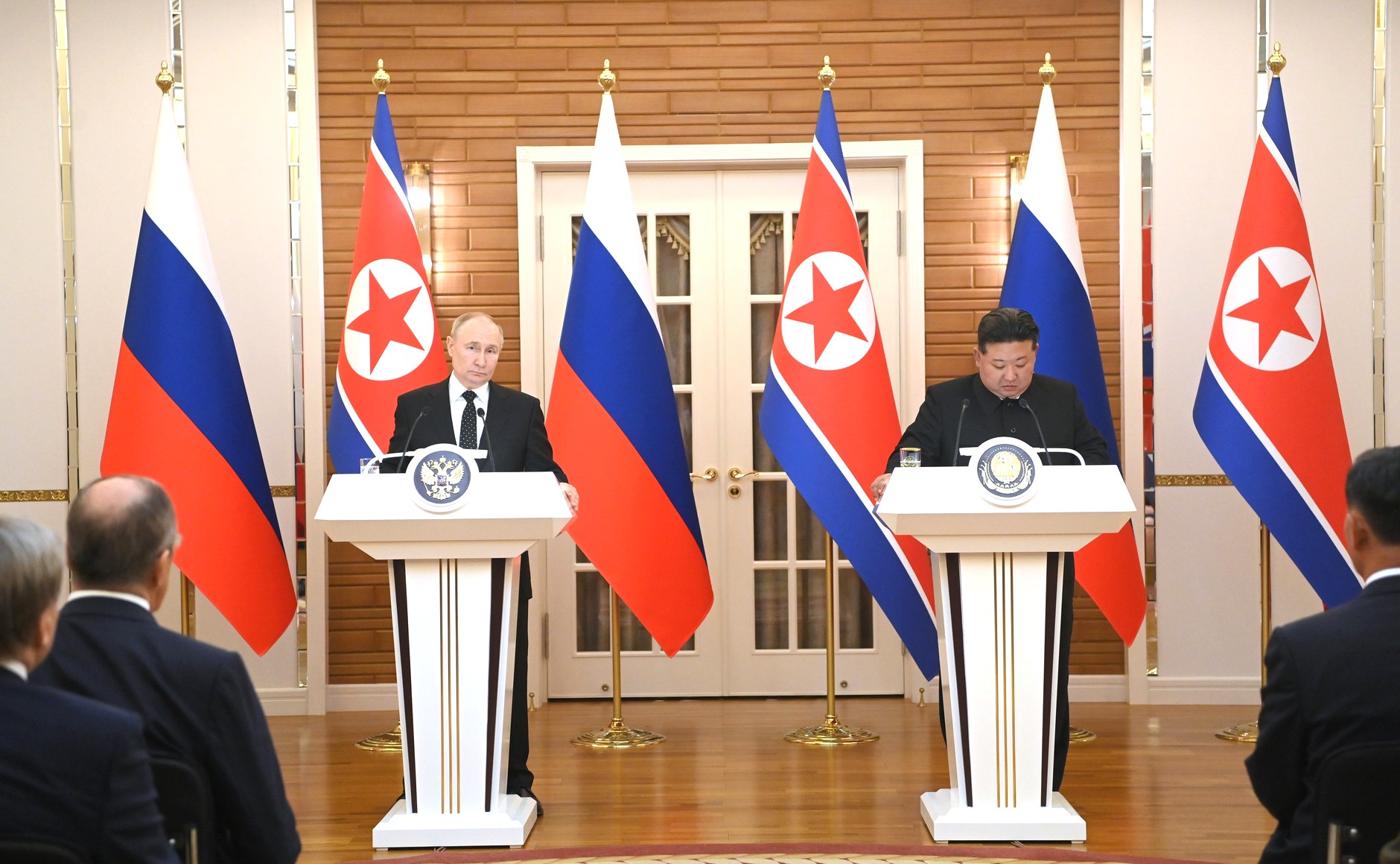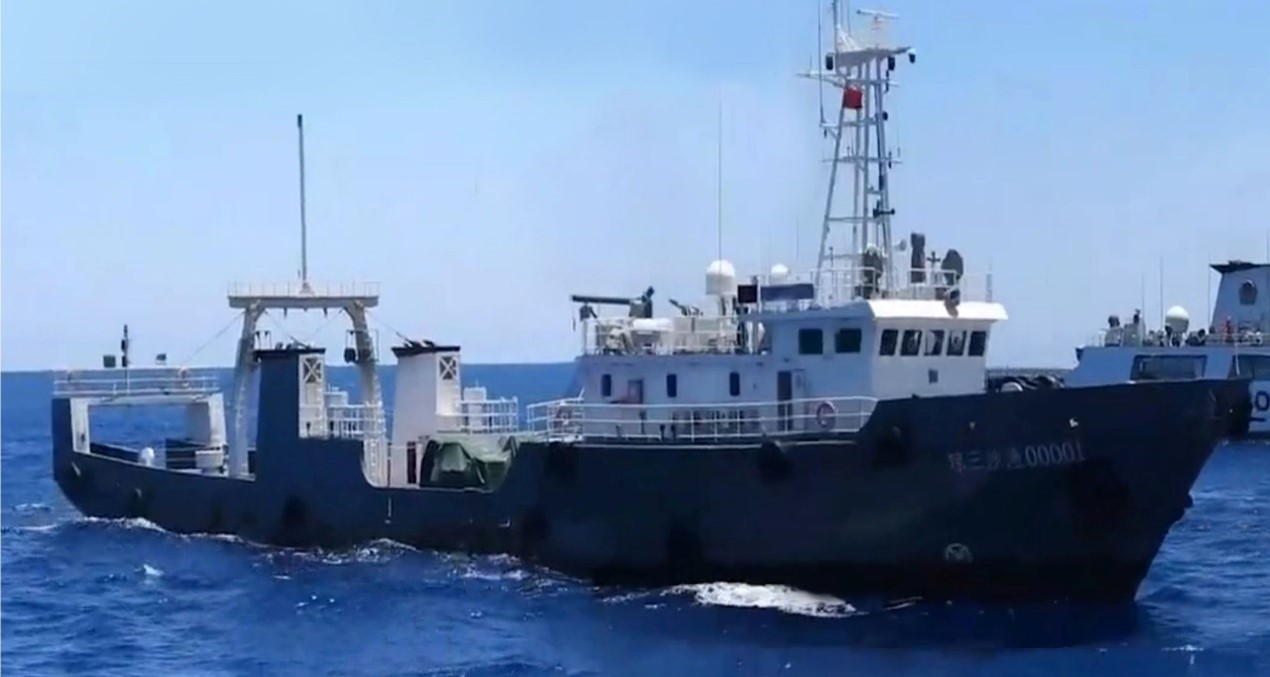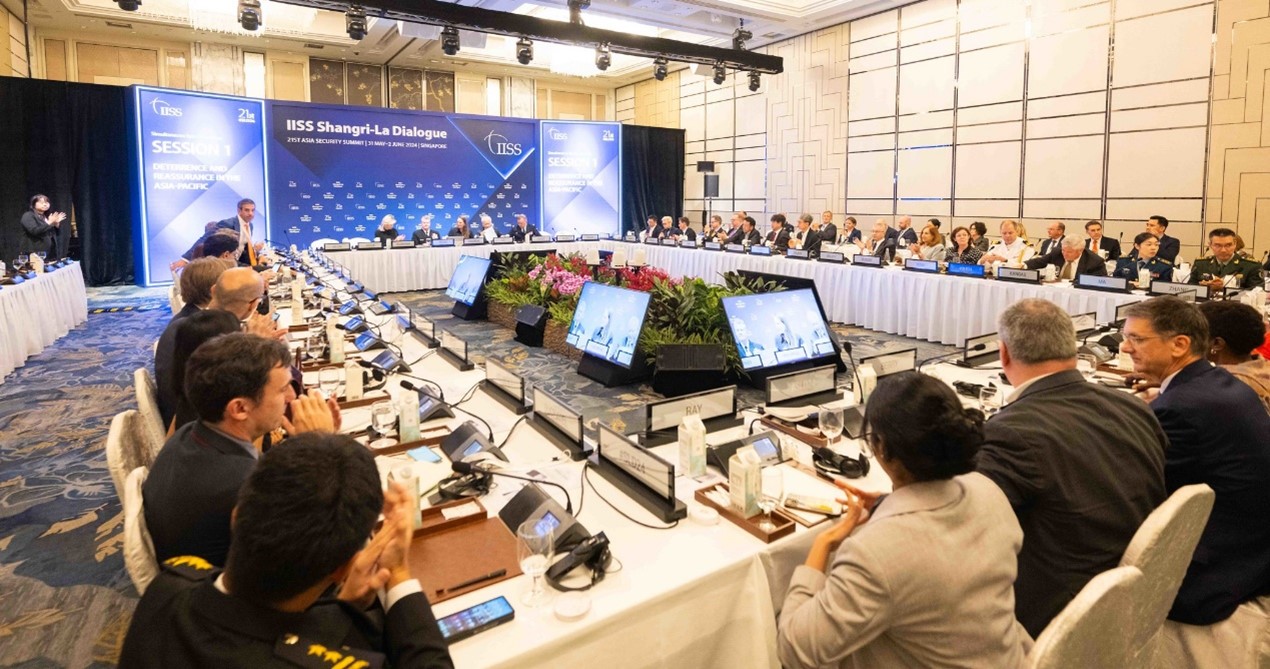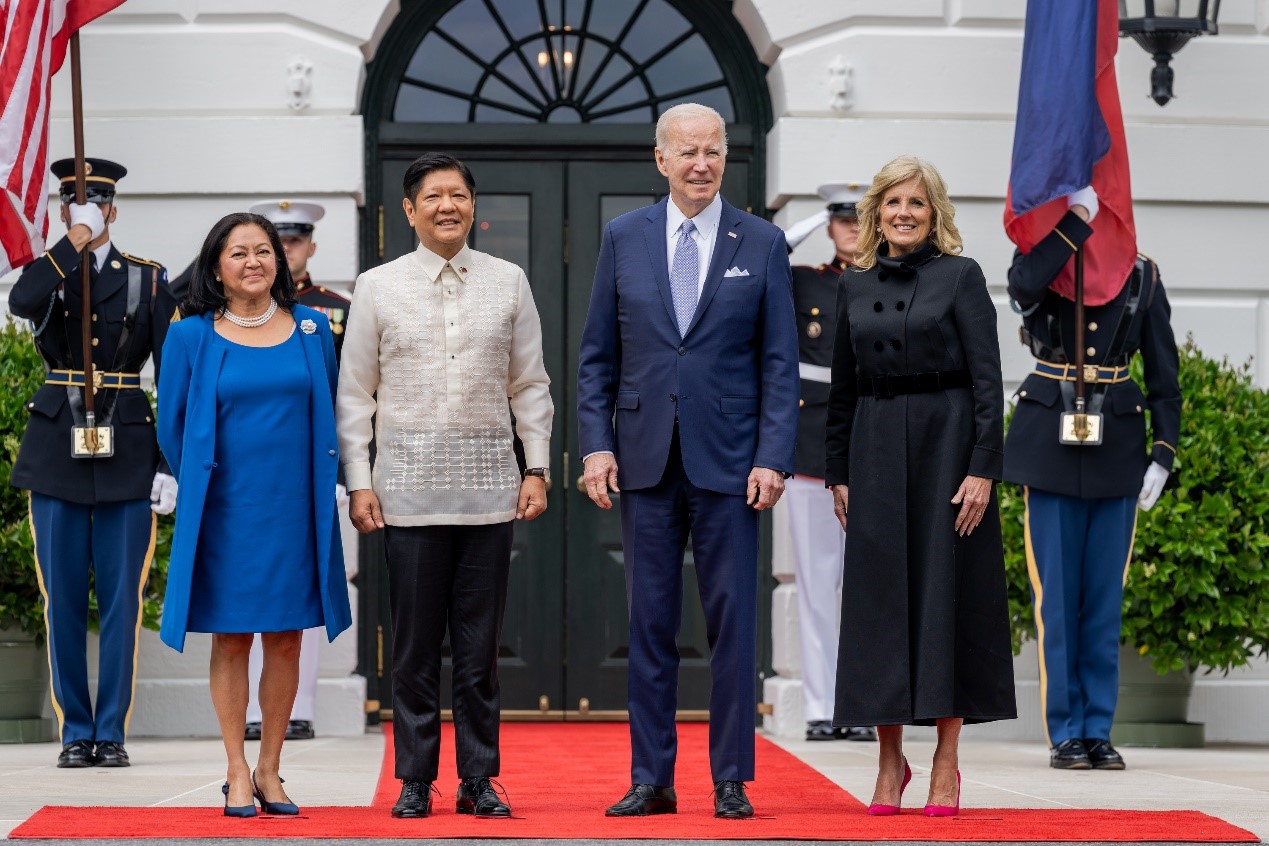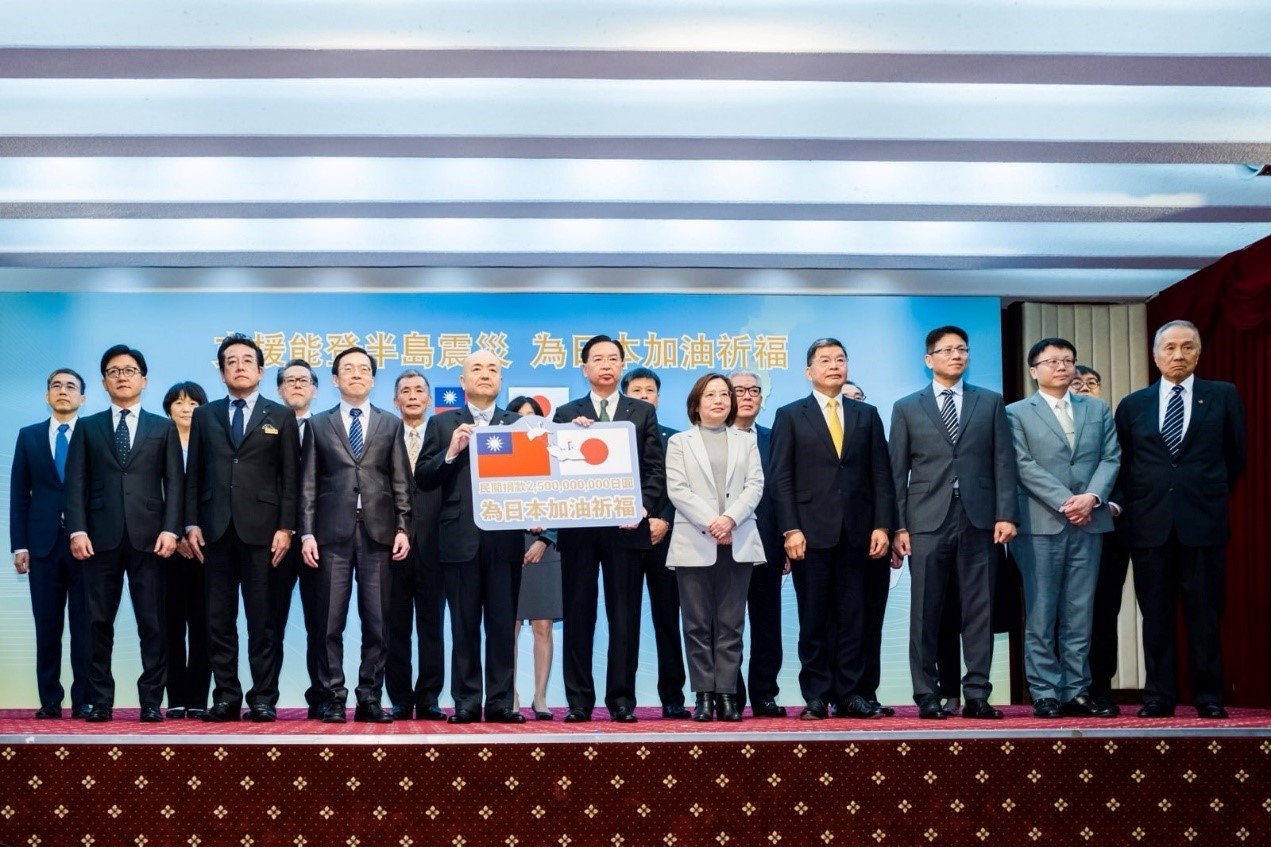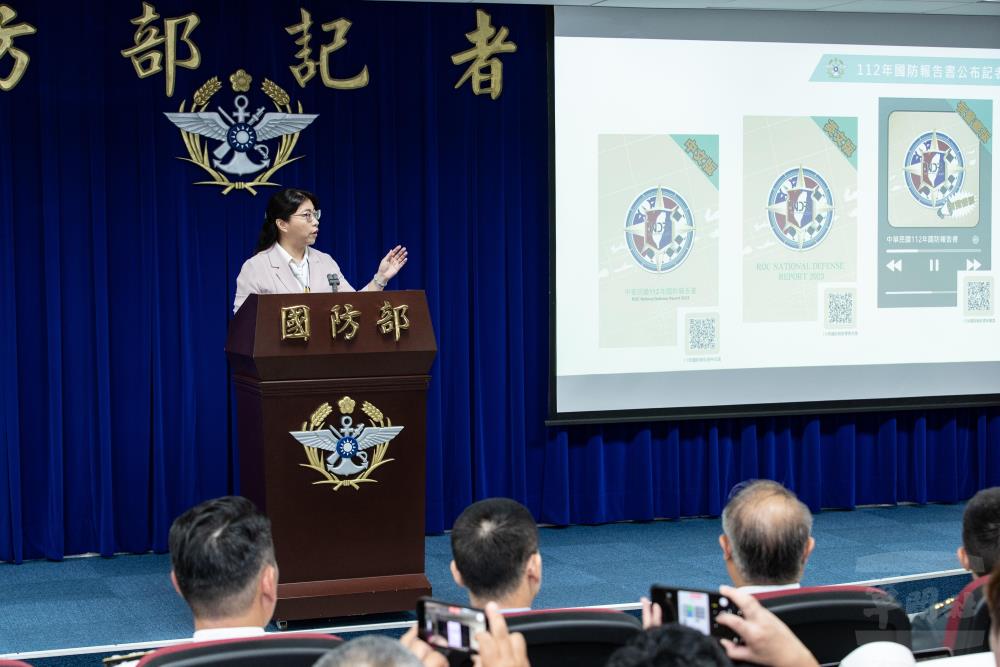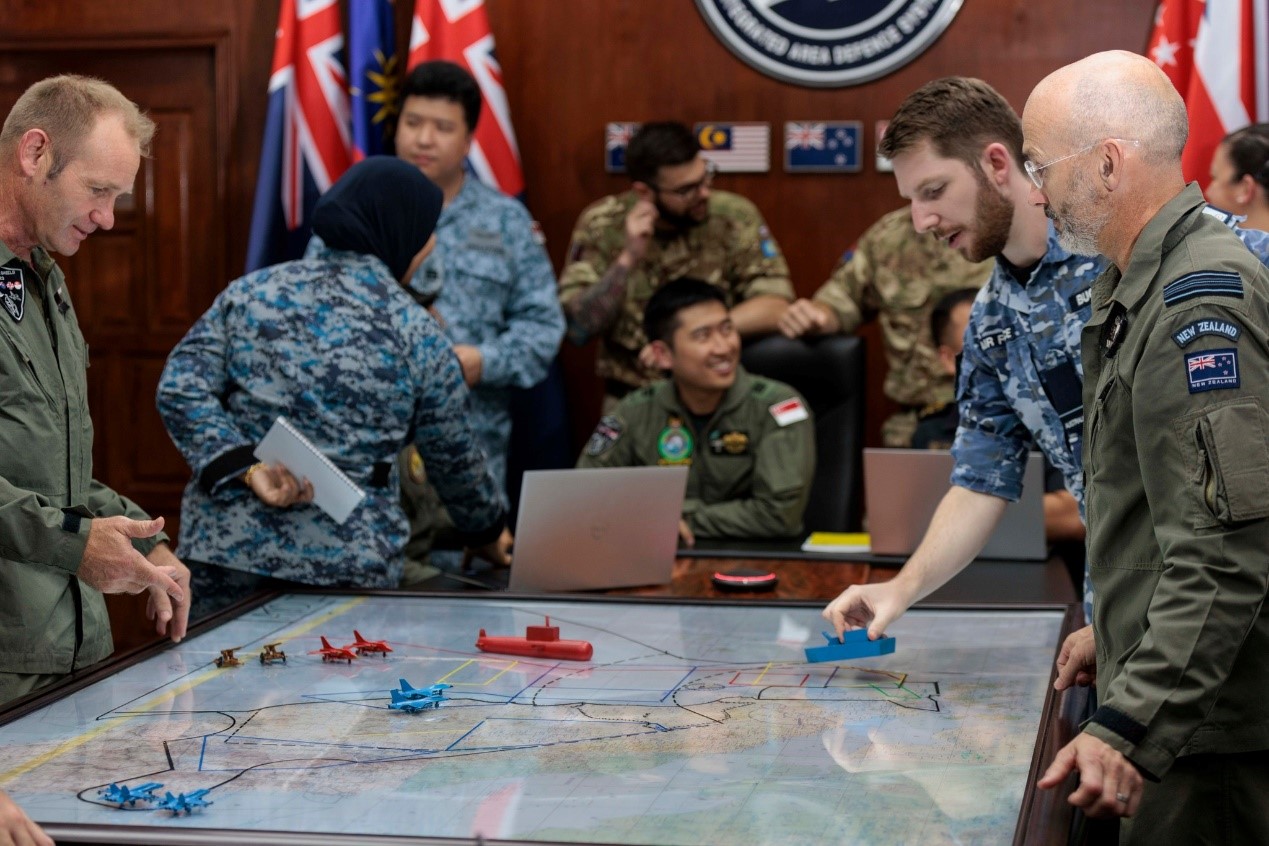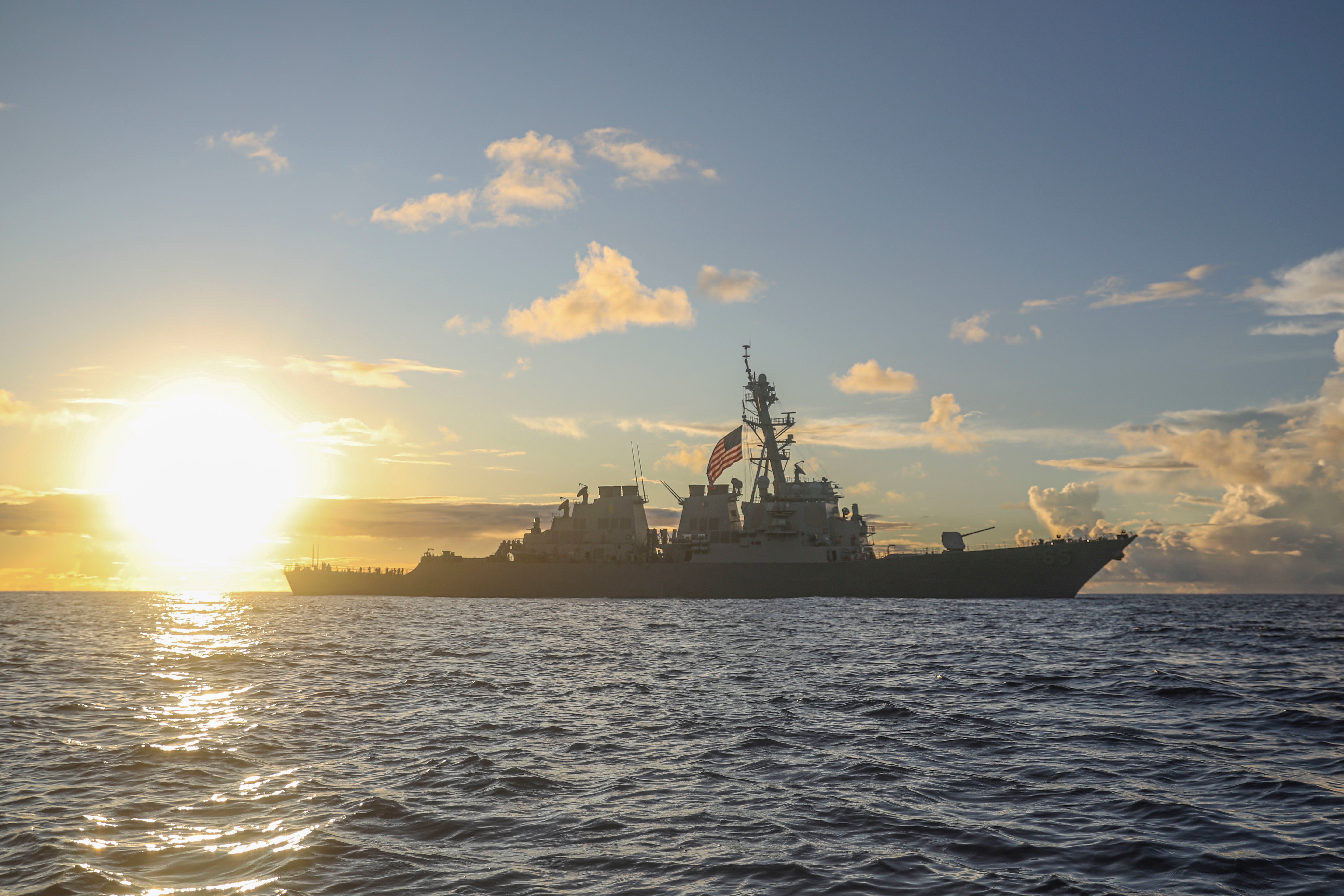No Days Off for Defending Sovereignty: How the Philippines Uses Partnerships to Strengthen its Influence in the South China Sea
China’s aggressive behavior in the South China Sea has become increasingly threatening and assertive. In December 2023, the Chinese Coast Guard attacked a Philippine ship with water cannons in waters near the Second Thomas Shoal. Similar incidents have occurred from time to time. Picture source: Global Times, September 9, 2023, Ministry of National Defense of the People’s Republic of China, http://eng.mod.gov.cn/xb/News_213114/TopStories/16250882.html.
Prospects & Perspectives No. 11
No Days Off for Defending Sovereignty:
How the Philippines Uses Partnerships to Strengthen its Influence in the South China Sea
By Alan Hao Yang
China’s aggressive behavior in the South China Sea has become increasingly threatening and assertive. In December 2023, the Chinese Coast Guard attacked a Philippine ship with water cannons in waters near the Second Thomas Shoal. Similar incidents have occurred from time to time. In response, the Philippines has sought to strengthen its influence in the South China Sea using various resources and partnerships to defend its sovereignty. Manila’s pushback has become more visible since mid-2023.
In August 2023, the Philippine Coast Guard (PCG) closed its hotline with the China Coast Guard (CCG). This was an emergency communication channel established after the former Philippine President, Rodrigo Roa Duterte, visited Beijing in 2016. However, the ongoing conflict between China and the Philippines in the South China Sea has demonstrated that this hotline has failed to play a constructive role in resolving conflict over the past six years. As a result, the PCG terminated the hotline. This move not only expressed Manila’s dissatisfaction with Chinese behavior, but also showed that the Philippines must be willing to take action in the South China Sea dispute.
The Philippines’ actions demonstrate that it is naive to believe that China is willing to effectively work with the Philippines to resolve the South China Sea dispute. When facing China over crises or disputes, instead of naively seeking skin from a tiger, as the ancient Chinese saying goes, it is better to be well-prepared at all times and make good use of one’s resources to safeguard security.
Strengthening Manila’s influence in the South China Sea
The Philippines’ efforts to strengthen its influence and preparatory efforts in the South China Sea generally cover three main areas, all aiming to consolidate the Philippines’ sovereignty in the South China Sea from the inside out.
First, Manila has strengthened its de facto control over its land features. The Philippine military has announced new plans to strengthen permanent constructions on the nine land features it owns, including the largest island occupied by the Philippines, Thitu Island and, in particular, Second Thomas Shoal. Relevant structures will have dual-use functions, both for military and civilian use: they are helpful for military defense and for Pilipino fishing boats operating in nearby waters to seek shelter in times of distress.
In addition to the construction plans at the national level, the second focus is to strengthen cooperation with ASEAN allies at the regional level and to coordinate strategic alliances in navigating the South China Sea dispute with China. In this, Vietnam is the focus. On January 23, 2024, Nguyen Minh Vu, Vietnam’s Deputy Minister of Foreign Affairs, visited the PCG Headquarters in the Philippines. The visit was seen as preparation for the upgrade of maritime cooperation in the South China Sea between Vietnam and the Philippines the next week.
Subsequently, on January 30, President Ferdinand Romualdez Marcos went to Vietnam on a state visit and signed two agreements with Vietnam, namely “Prevention of Accidents in the South China Sea” and “Maritime Cooperation among Coast Guards.” The two agreements enhance the partnership between Vietnam and the Philippine Coast Guards and go beyond hotlines as communication channels, promising a more robust commitment for bilateral collaboration in the South China Sea.
Third, the Philippines has increased its military cooperation with the United States at a global level to address the South China Sea dispute. In addition to the “Enhanced Defense Cooperation Agreement” (EDCA) signed in February 2023, both navies have committed to demonstrating that there is “no day-off” for U.S.-Philippine military cooperation in the South China Sea. For example, on February 9, during the Lunar New Year, the U.S. and Philippine navies performed maritime cooperation activities (MCA) in the South China Sea. The drills involved a number of ships, such as the littoral combat ship USS Gabrielle Giffords (LCS 10), with a MH-60S Sea Hawk from the U.S. Helicopter Sea Combat Squadron (HSC) 23 on board. On the Philippine side, the Navy’s BRP Gregorio Del Pilar (PS-15) and an AW109 Helicopter (NH434) were involved, demonstrating the Philippines’ proactive engagement for international cooperation with U.S. and other stakeholders and year-round commitment to safeguarding sovereignty and ensuring its security.
Three strategic significances of the Philippines’ efforts
The initiatives discussed above demonstrate that the Philippines regards the strengthening of land features as a serious response to its external environment. By emphasizing the dual use nature of its structures, Manila highlights its commitment to safeguarding its rights. Importantly, these constructions will also provide refuge for Philippine civilian ships when they face harassment by China or are involved in natural disasters or incidents.
Secondly, with regard to the strengthening and upgrading of cooperation with Vietnam and the United States, compared with China’s unilateral aggression and assertive behavior in the South China Sea — which has earned Beijing the opprobrium of the international community — the Philippines’ commitment to seeking international endorsement for its actions is of strategic importance. The enhanced cooperation between Vietnam and the Philippines will help contain China diplomatically (within ASEAN) and in disputed waters.
Third, the U.S.’ influence and strategic outlook in the Indo-Pacific region is not limited to the South China Sea. The maritime security linkage, ranging from the Yellow Sea, to the East China Sea, down the Taiwan Strait to the South China Sea, is a key maritime component of the U.S.-led security architecture in the Indo-Pacific. The more proactive the Philippines is in preparing for the South China Sea, the more positive its impact will be on the Taiwan Strait.
However, to ensure their survival, small and middle-powers must seek partnerships with like-minded neighbors. Like the Philippines, Taiwan faces Chinese belligerence and military threats year round, and its preparedness also has “no day off.” Even during the Lunar New Year holiday, Chinese People’s Liberation Army (PLA) aircraft and warships operated in the waters and airspace near Taiwan, and the PLA continued to launch aerial spy balloons. These gray zone tactics are a form of interference against Taiwan. Taiwan’s experience in coping with this threat is an important strategic reference for the Philippines. As the Philippines strives for cooperation for regional stability externally, it should consider strengthening dialogue and exchanges on South China Sea issues with Taiwan. This can contribute substantially to the peace, stability and prosperity of the South China Sea. It can also enhance mutual trust and mutual assistance among democratic partners in the Indo-Pacific region and turn crises into opportunities.
(Dr. Alan Hao Yang is Professor, Graduate Institute of East Asian Studies, Research Fellow, Institute of International Relations, National Chengchi University, Taiwan)


